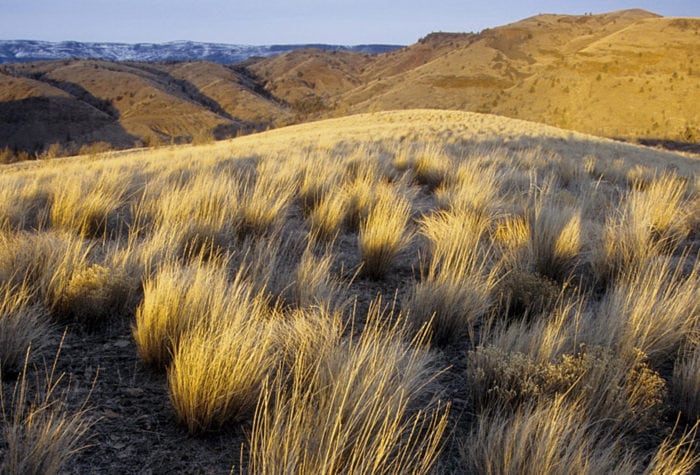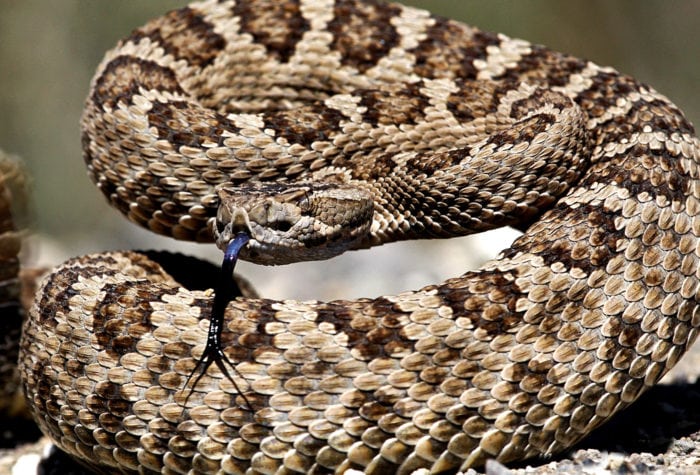By Zavier Borja, Latino Outdoor Engagement Coordinator for Children’s Forest of Central Oregon
The Painted Hills of eastern Oregon are one of the seven wonders that we have here in Oregon.
Beyond the fact that it is a breathtaking geological structure out in what feels like the middle of nowhere, I also hold this place closely to my heart because it is the “halfway” point to my Abuelito y Abuelita’s house.
My grandparents live in Kimberly, Oregon, an hour and a half past the Painted Hills. I have probably been to my grandparents house hundreds of times, meaning, I’ve driven past the Painted Hills the same amount of times, before going myself. Growing up, my parents never took us there. Not because they didn’t want us to go, but because it was just something we didn’t do.
Now that I am older, I have been exploring more places, especially since I can drive myself places (lol) and as I gain more exposure to the recreational aspect of these places. I have made it a habit now, that every time I visit my grandparents, I make time to stop by the Painted Hills.


